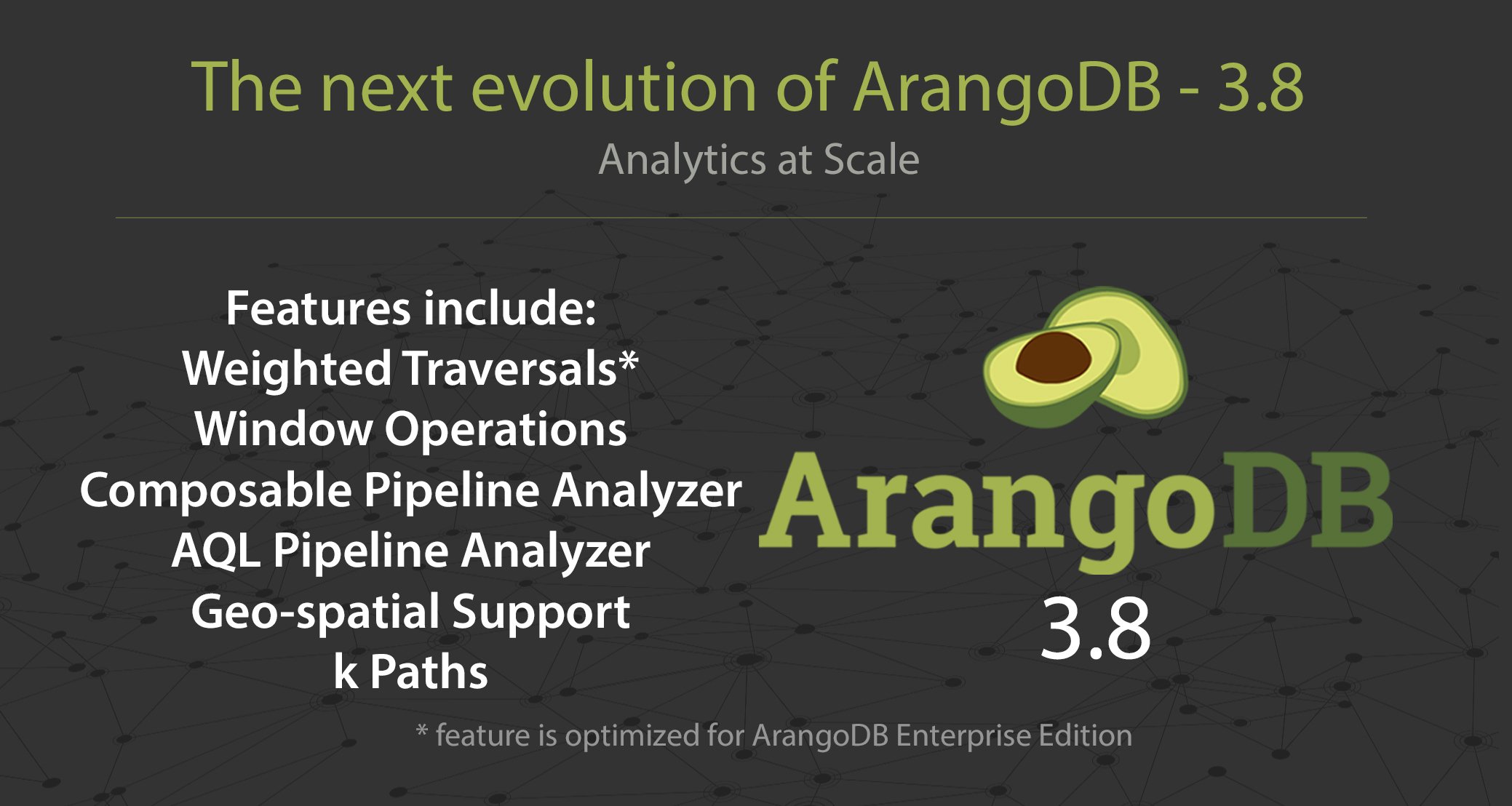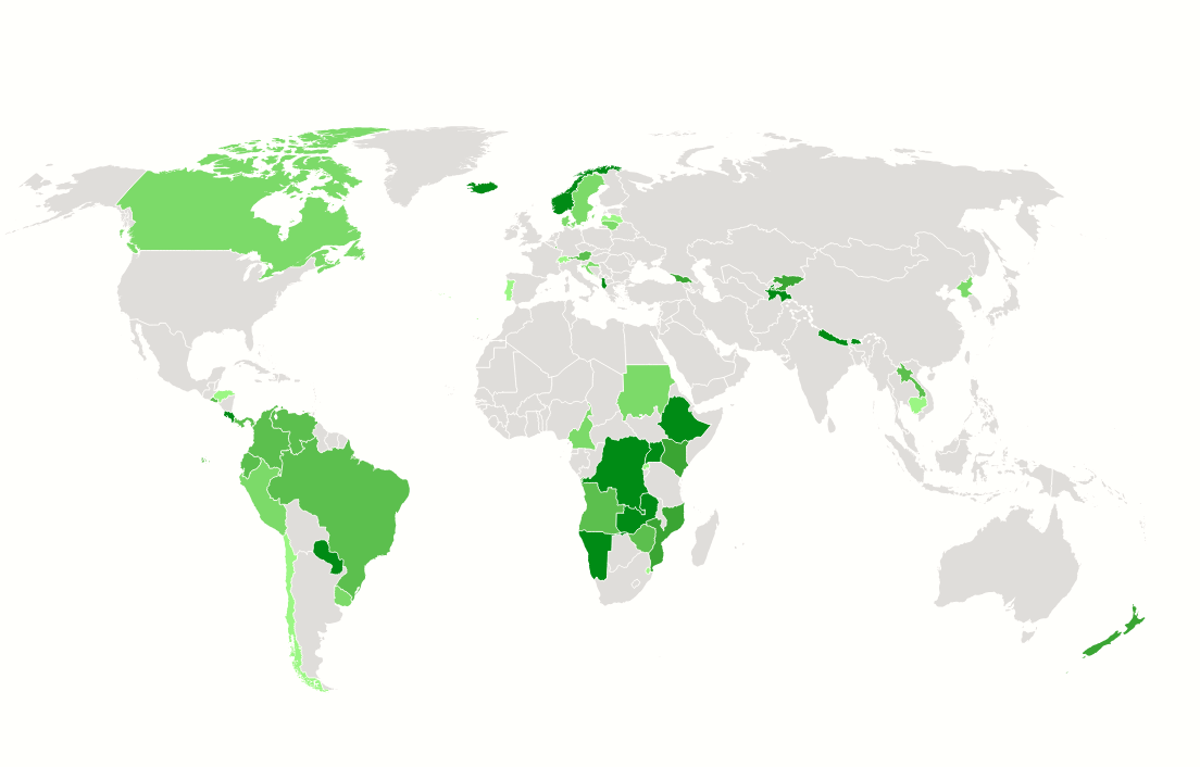
How to track users for analytics in a privacy-first, cookie-less future
Using a combination of unique page views and a data warehouse, this post walks through how we've been able to get 95% attribution in the world of cookie consent banners and privacy-first updates to devices and modern browsers.
Between Apple's new privacy protections on their devices, Safari and Firefox blocking third-party cookies by default (with Chrome following close behind in 2022), and the proliferation of cookie consent banners because of GDPR (not to mention the California Consumer Privacy Act), our ability to track users for analytics, especially top of funnel when those users are almost always anonymous, is moving from complicated to almost impossible.
This problem isn't going anywhere: getting only 20% acceptance on your cookie-consent banner is considered good! If you're unable to set a consistent cookie across your user's many sessions (especially for a high retention business like e-commerce), or your javascript conversion events (Google Tag Manager for example) are being blocked, your user's historical behavior will be extremely difficult to stitch together over time.
The idea is simple. Once a user converts we know who they are (e.g. they've filled out a signup form and entered their email). We can then look up past anonymous data that matches and assign it to that user.




















